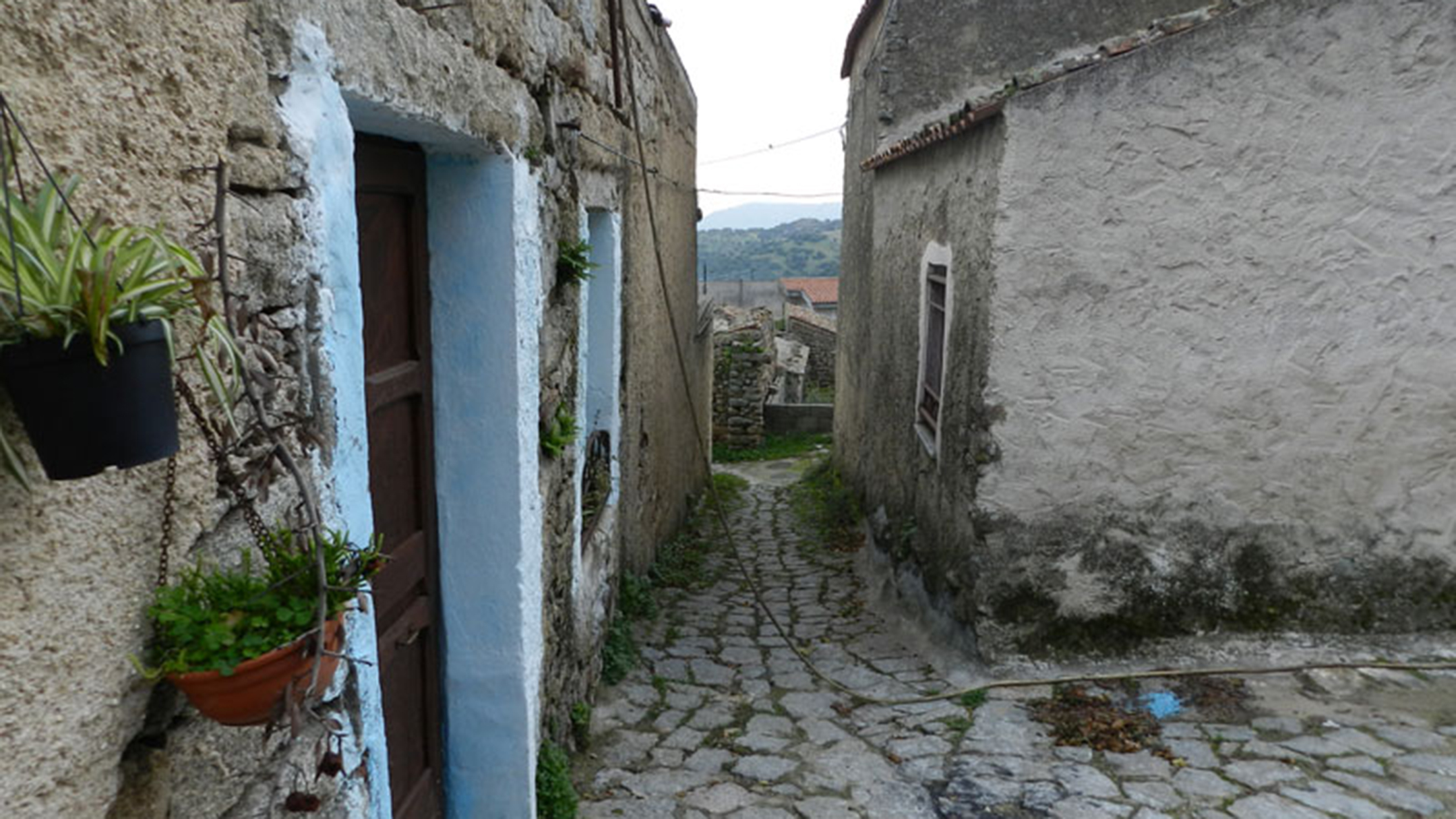Anthropogenic desertification leaves vast areas of Sardinia abandoned
Demographic decline. In five years (2016-2021) over 50 thousand residents have been lost, calculates a study of the Acli: “The territories are emptying, with entire countries at risk of extinction within a few decades”
Demographic decline. In five years (2016-2021) over 50 thousand residents have been lost, calculates a study of the Acli: “The territories are emptying, with entire countries at risk of extinction within a few decades”
The main cause of fires in Sardinia is called depopulation. The territories attacked by the flames are also areas where the countryside, the mountains, the woods have progressively emptied of human presence. An anthropogenic desertification that leaves vast areas of the island exposed to abandonment and neglect, with increasingly serious consequences on the environmental balance, starting precisely with an exponential growth in the risk that fire will devour everything.
The situation is photographed in all its drama by a report by the Acli “Observatory on regional migration in Sardinia”, made known a few days ago. These numbers confirm a continuous aging process and population decrease. The data, which cover the five years from 2016 to 2021, reveal that, with the exception of a cluster of centers in Gallura and Ogliastra that live off tourism, Sardinian municipalities that have a natural balance (the difference between births and deaths on a annua) positive are few exceptions: ten out of a total of 377. “Sardinia – explain the Acli researchers – is weakened by a chronic demographic malaise, by unemployment in general and by youth in particular, by an old age index and by a birth rates that continue to grow, from an average age that does not stop advancing. The territories are emptied, with entire countries at risk of extinction within a few decades ».
In short, Sardinia is experiencing a phase of demographic decline that is accelerating with a worrying speed. In 2021, for the first time in many years, the psychological threshold of 1,600,000 inhabitants was broken: as of 1 January the population was 1,598,225 inhabitants. «The demographic trend – reads the Acli report – has been characterized for a few years by an average annual decrease in the resident population of about 5,000 units. In particular, -5.003 in 2016 and -4.959 in 2017, confirming a percentage figure of -0.30% of the total as of January 1 for the years 2016/2017. But in the last three years (2018-2021) there has been an almost double average trend, so much so that in five years (2016-2021) over 50,000 residents have been lost. With the pandemic, then, in 2020, a further mortality was added to the natural demographic decline, due both directly to the virus and to a blocked health context “. The decrease in population also affects the metropolitan city of Cagliari and Gallura from 2018 to 2021, where a constant increase in residents has always been observed over the years.
In these areas too, in the last five years, there has been a strong reduction in population due to natural balance. And the donut effect, i.e. emigration from inland areas to the coastal strip, is over, not because the migration from the inland has ended, but because coastal cities are also losing population: in 2020 only three municipalities have a positive balance beyond two more people “.
A dramatic picture that has devastating effects on the territories, both in terms of economic decline and the stability of the social fabric and in environmental terms. No effective prevention against fires, but also against floods made more and more frequent by climate change, will be possible without reversing a trend towards depopulation that leads to human and natural desertification of the territories. And simple policies for work are not enough, although they are absent.
We need to overcome a development model linked to tourism, construction and industrial centers on the coasts (petrochemicals, aluminum, coal-fired power plants). We need a massive shift of resources and planning from metropolitan areas to inland areas, where traditional activities, pastoralism and agriculture must be put back at the center. And we need to overcome the colonial logic that subordinates the island to external economic interests.

